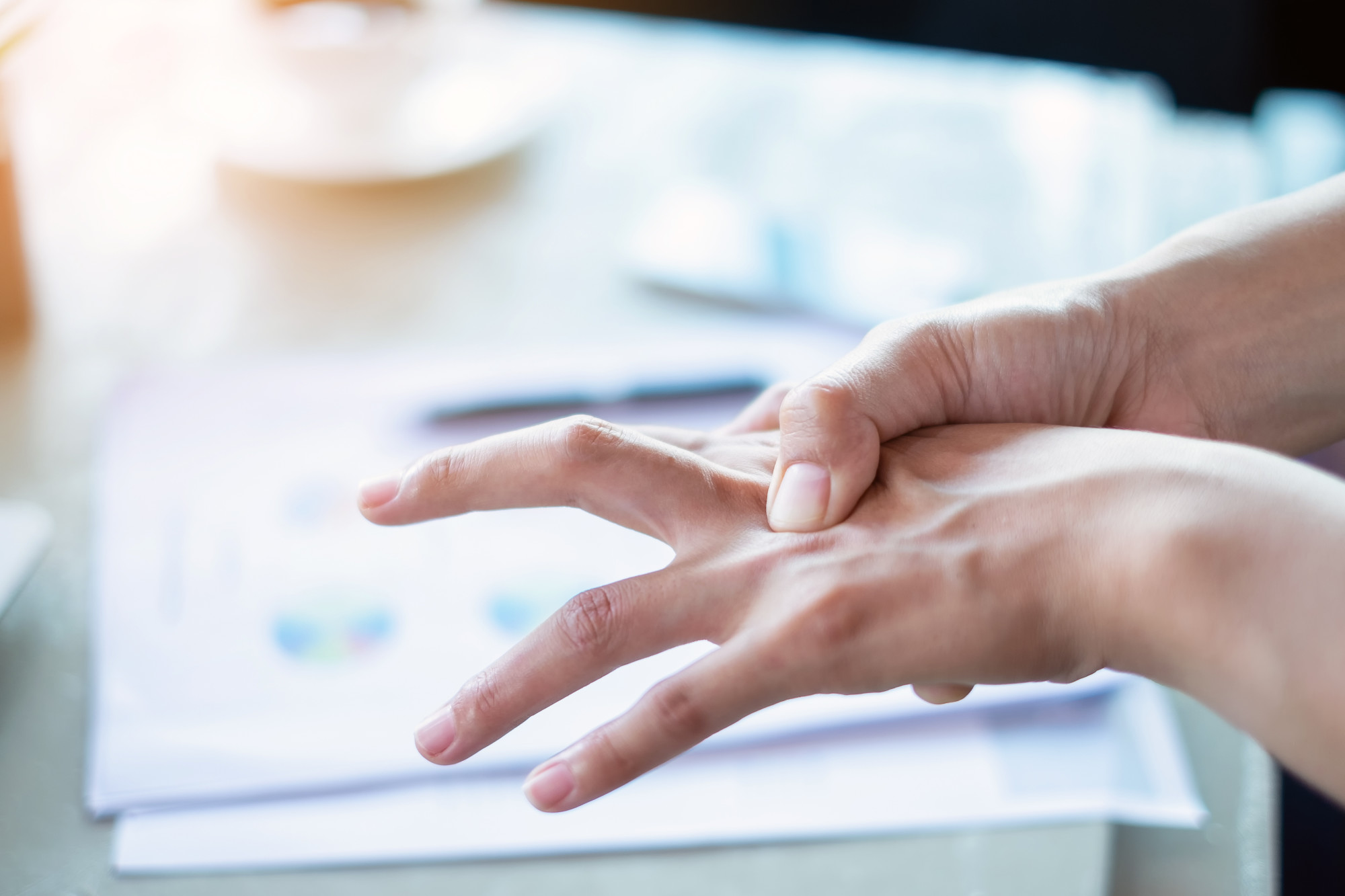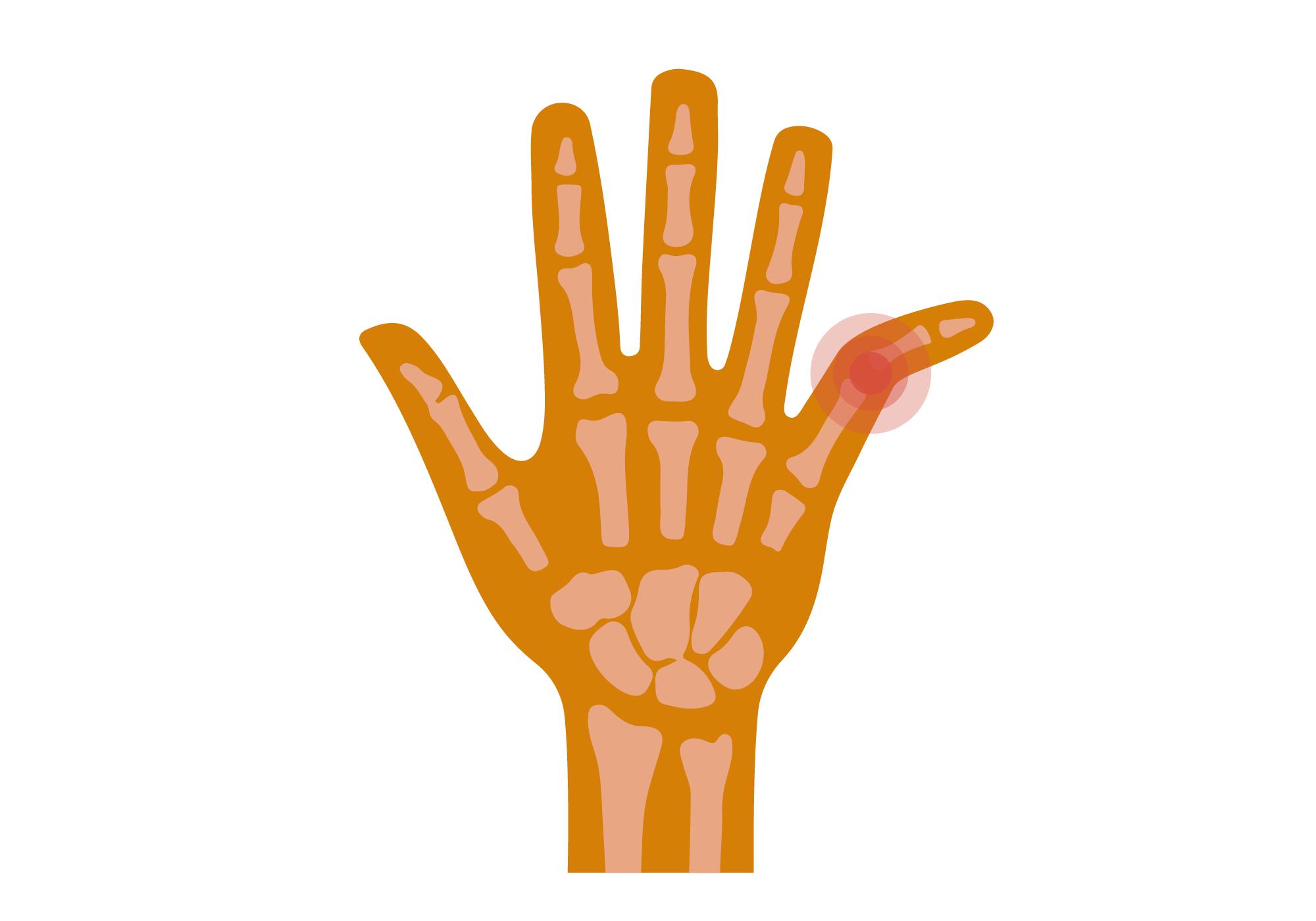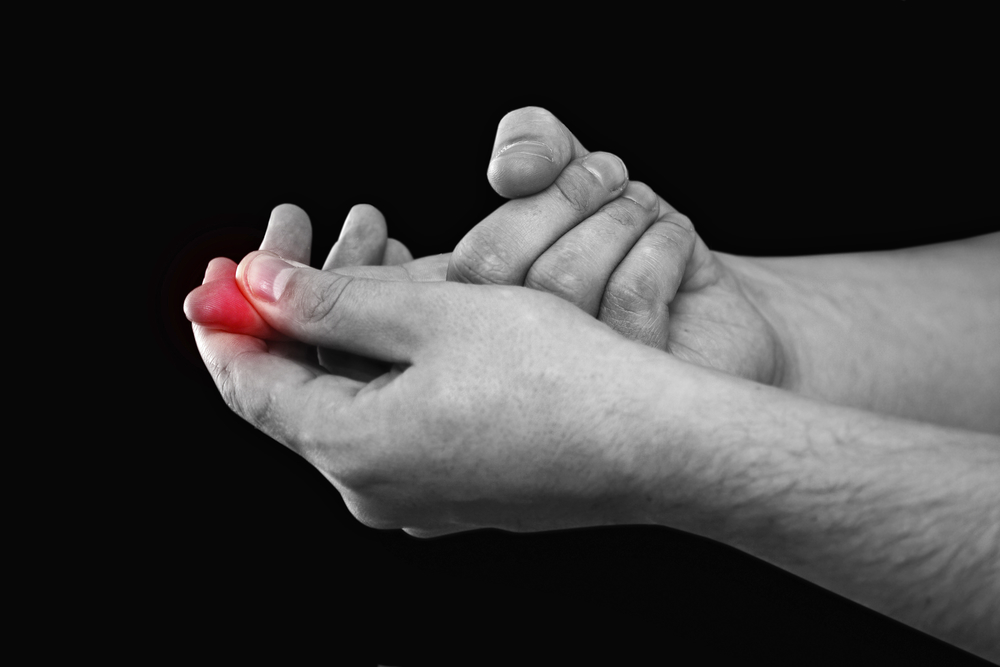

Buddy taping, which is when you tape it to the finger next to it If you do buddy taping, make sure to tape your middle finger to your index finger and your ring finger to your pinky.Anti-inflammatory medication (such as aspirin, ibuprofen, or naproxen) to help with your pain.Instead, put it in a plastic bag or a cloth.Ĭompression: Your doctor may recommend that you wear an elastic compression bandage around your finger to provide support and prevent swelling.Įlevation: During the first 24 hours after your injury, try to keep your injured hand elevated to reduce swelling. This will ease any swelling or inflammation in your joint, and help ease the pain. If your symptoms last longer than that, you can do this for several days after the injury, too. Ice: Within the first 24 hours of your injury, you should apply ice to the area for 15 minutes at a time. Rest: If a specific sport or activity caused your sprain, take a break from it for a while to help your finger heal. RICE stands for Rest, Ice, Compression, and Elevation: Your doctor may recommend RICE therapy to manage your symptoms. There are different treatments to help you feel better. Grade 3: There’s significant instability in your joint and you’ve either severely or completely torn your ligament. Grade 2: You have some mild instability in your joint and partial tearing in your ligament.

Grade 1: Your joint is stable but you have some stretching or microtearing in your ligament. If you do have a finger sprain, your doctor will assign it a grade based on how severe it is: You may also get imaging tests like an X-ray, and, in less common cases, an MRI. Your doctor will do a physical exam of your finger. But the pain can be severe, and left untreated, it could get worse. Sometimes athletes who get sprained fingers ignore the injury. Tenderness in your joint when you touch the area.Stiffness in your finger or having a hard time straightening or bending it.Pain in one of your finger joints when you try to move or use it.If your finger is sprained, you might have: You’re more likely to get a sprain if you have problems with balance or coordination, which makes you more likely to fall, or if you have weak ligaments.

You might accidentally jam your finger into a piece of equipment like the ball, or into another player, causing a sprain. If your finger bends backwards, it’s called “hyperextension.” For example, you might accidentally bend your finger in these ways during physical activities - especially in sports that involve using your hands, like basketball. An injury that causes your finger either to bend too far or bend in the wrong direction.Most connect the outside surface of one bone to another bone.Ī sprain is different from a strain, which is an injury to one of your muscles or tendons, the cords of tissue that connect your muscles to your bones. (If you have chronic liver or kidney disease or ever had a stomach ulcer or gastrointestinal bleeding, talk with your doctor before using these medicines.A sprained finger is when you either stretch or tear one of the ligaments in your finger. The ligament is responsible for pinching and holding, and a sprain will weaken your ability to do these types of actions. What you have is just a jammed/sprained thumb. Unless another medicine was prescribed, you can take acetaminophen, ibuprofen, or naproxen to control pain. Thumbs are really tricky and very easily re-aggravated.
WHAT HAPPENS WHEN YOU JAM YOUR THUMB SKIN
This will help prevent any breakdown of skin or fungal infections. You may replace it with paper, plastic, or cloth tape. Before taping, put a thin strip of cotton or gauze between the fingers to absorb sweat. If buddy tape was applied and it becomes wet or dirty, change it. Continue this 3 to 4 times a day until the pain and swelling goes away. Apply to the bruised finger for 20 minutes every 1 to 2 hours the first day. Ice the finger to help reduce pain and swelling. Wrap a cold source (ice pack or ice cubes in a plastic bag) in a thin towel. What it really means: You might want to let people know you’re alright by using the common symbol for OK with your forefinger and thumb, but in France, you’re really just saying you or. Elevate the hand to reduce pain and swelling. As much as possible, sit or lie down with the hand raised about the level of your heart. This is most important during the first 48 hours.


 0 kommentar(er)
0 kommentar(er)
